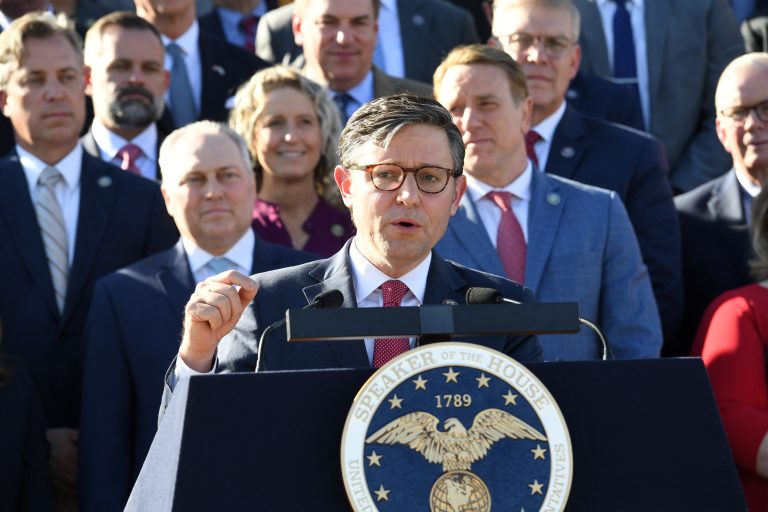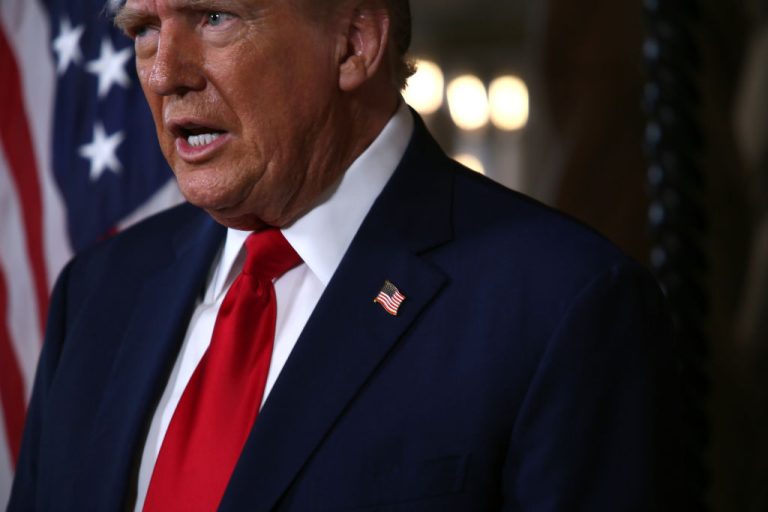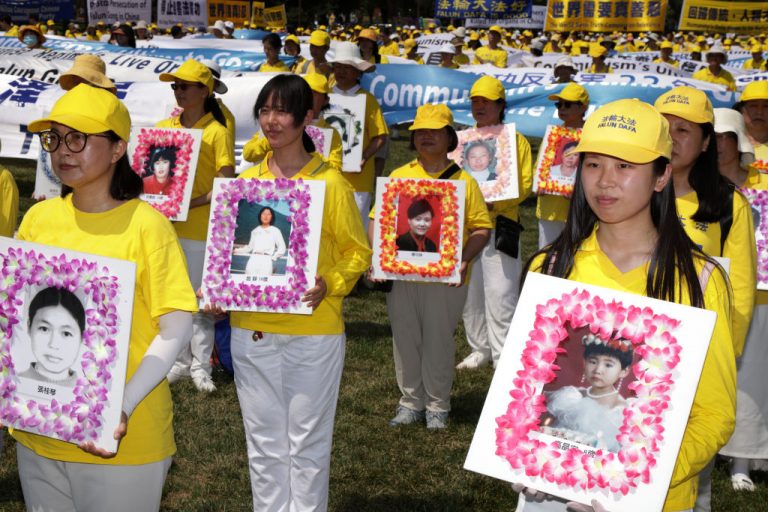Earlier this November, recently elected U.S. House Speaker, Mike Johnson, announced plans to release more than 40,000 hours of security footage captured during the Jan. 6, 2021 riots on the Capitol.
In a statement Johnson said, “Truth and transparency are critical. … This decision will provide millions of Americans, criminal defendants, public interest organizations, and the media an ability to see for themselves what happened that day, rather than having to rely upon the interpretation of a small group of government officials.”
Johnson’s decision to release the footage has been met with mixed reactions, with Republicans claiming the footage undermines the narrative that what happened that day was an insurrection, while Democrats argue that the additional footage bolsters their claim that a group, incited by President Trump, attempted to overthrow the government.
Many Democrats also argue that the footage should not have been released, as it could fuel misinformation and conspiracy theories.
Some even claim that what happened on Jan. 6 was as bad, or even worse than the Sept. 11 terrorist bombing or the Imperial Japanese strike at Pearl Harbor, two of the deadliest attacks on American soil in history.
Success
You are now signed up for our newsletter
Success
Check your email to complete sign up
These competing narratives are making the rounds in the media and on social media, with each camp fighting for their narrative, making it difficult for the average American to discern what actually happened.
What the Democrats say
Ever since the riots unfolded, Democrats and those opposed to former President Donald Trump have taken enormous measures to assert their stance that the riots were a legitimate insurrection, one of the darkest days in American history which directly threatened America’s democratic institutions.
In late 2021, then-House Speaker Nancy Pelosi held a commemoration of the January 6th riot and admitted that she held the event “to establish and preserve the narrative of January 6th.”
Democrats are laser focused on footage showing the violence that erupted that day; videos depicting chaos, attacks on Capitol Police, hoards of rioters breaking windows and forcing their way into the Capitol building.
Other footage shows rioters being dragged from the building and Capitol police struggling to contain the disorder.
Pelosi is quick to point to footage showing rioters entering the Capitol buildings searching specifically for her.
Footage captured rioters saying, “Where are you, Nancy? We’re looking for you,” and “Yeah, we’re coming, [explective],” before entering her office.
Part of the Democrats’ push to preserve the narrative was establishing the House Select Committee to Investigate the January 6th Attack, which released its final report on December, 22, 2022.
The committee was made up of nine members, seven of which were Democrats.
The sprawling, 845 page report, had several key findings, and primarily accused President Trump of orchestrating the riots, and failing to call off the violence, while lauding police efforts to quell the chaos.
READ MORE:
- Trump on Trial: What to Know About Trump’s Legal Woes in New York State
- Mike Johnson Elected as 56th Speaker of the House, Ending Weeks of Deadlock
- Release of Previously Unseen Jan. 6th Footage Presents Different Picture of Capitol Break-in
What the Republicans say
Many Republicans, with a few notable dissenters like Liz Cheney, who was a member of the House Select Committee, have taken the stance that the new footage proves that what happened on Jan. 6, 2021 was in no way an insurrection, pointing to hours and hours of video showing people milling around peacefully in the halls of the Capitol and even interacting with Capitol Police with hugs and fist bumps.
The newly released footage does indeed show these interactions.
Many argue that the events of Jan. 6 cannot be considered an insurrection because there were no signs that the events that unfolded were coordinated.
The Federal Bureau of Investigation (FBI) has admitted that they found scant evidence that the U.S. Capitol attack was coordinated.
Footage depicts Capitol police allowing people through the doors of the Capitol, appearing to lead them through the halls as if giving them a tour.
While many argue that this footage of peaceful interactions with authorities prove this was not an insurrection, others say it was the police employing crowd control tactics to avoid escalating the conflict.
The release of the footage has spawned considerable speculation, including some who assert that the riots were encouraged by undercover federal agents as a way to tarnish Trump’s appeal.
For example, popular YouTuber, Tim Pool argued that the police were tricking people by leading them around, while others insist that federal agents were embedded in the riot with the goal of making things worse. None of these theories have been conclusively proven to date.
READ MORE:
- Pelosi’s Jan. 6 Committee Picks Include Former CIA Inspector General Who Retaliated Against Whistleblower
- As Trump Impeachment Trial Begins, Evidence Suggests Pre-Planned Capitol Attack
- Trump Urges Supporters to Join Jan. 6 Protests: ‘Be There, Will Be Wild!’
Cherry-picking footage
What appears to be happening is that each side is cherry-picking footage to drive their preferred narrative.
While the video released to date shows both violent acts by rioters, as well as peaceful interactions, some commentators argue that the events of January 6 were not an insurrection but they were “not a walk in the park,” either.
Chris Chappell, host of popular YouTube channel America Uncovered, argued in a Nov. 23 video that “at any given time, different groups of people were doing different things in different places, and the police and security had to react to the people nearest them.”
“The last thing Capitol security wanted was an all-out brawl in the hallways,” he added.
Chappell concluded that “What we can get from all of this is that there is no single narrative that the footage supports.”
“People want things to fit neatly as though everything is planned out and executed perfectly. They see what they want to see, pulling out the pieces that support what they already think, rather than the other way around,” he said.
He says that people need to view the footage and come to a conclusion themselves.
“Draw your own conclusions without letting social media influencers or news outlets determine the narrative for you,” Chappell encouraged his viewers.













